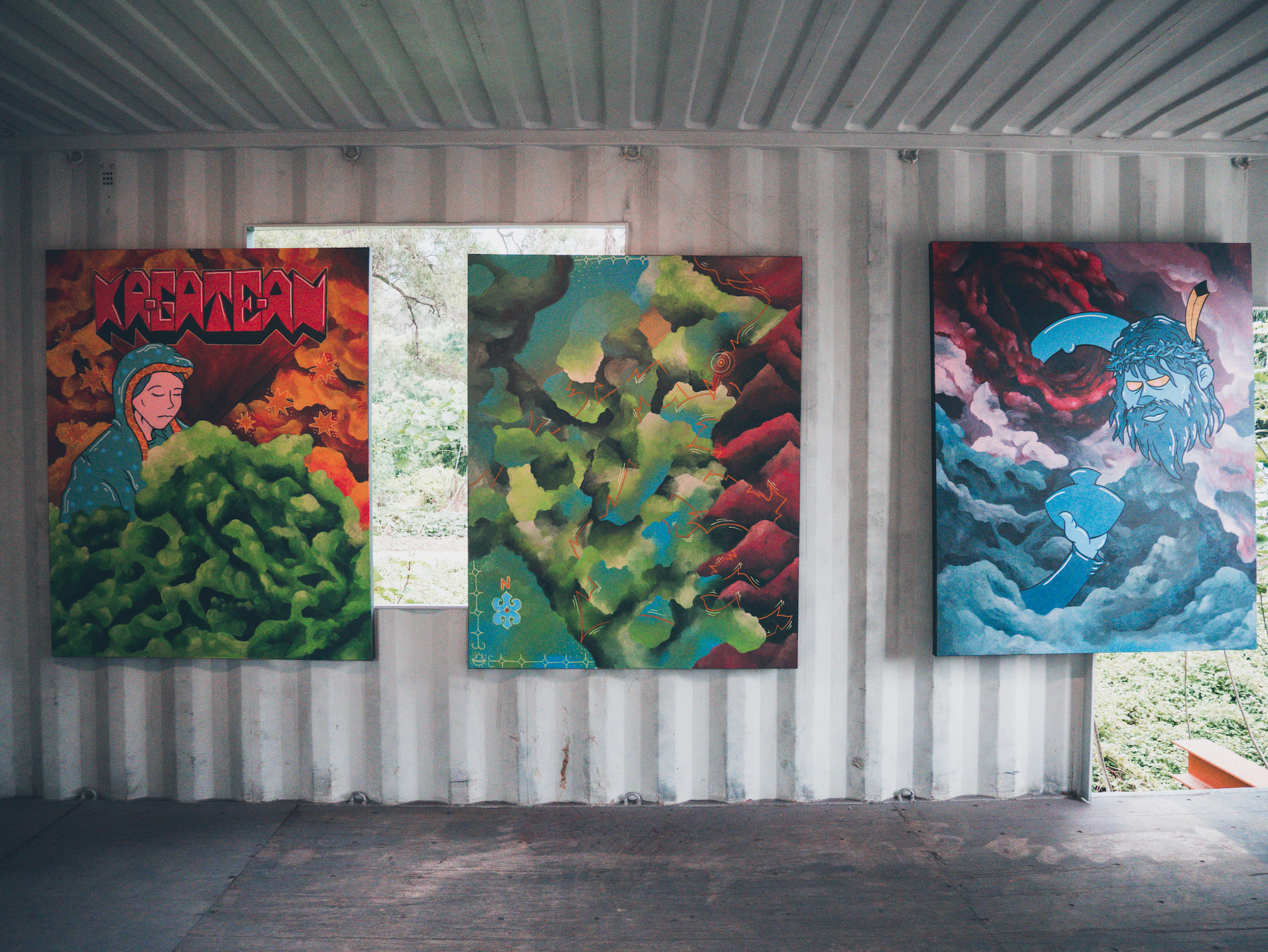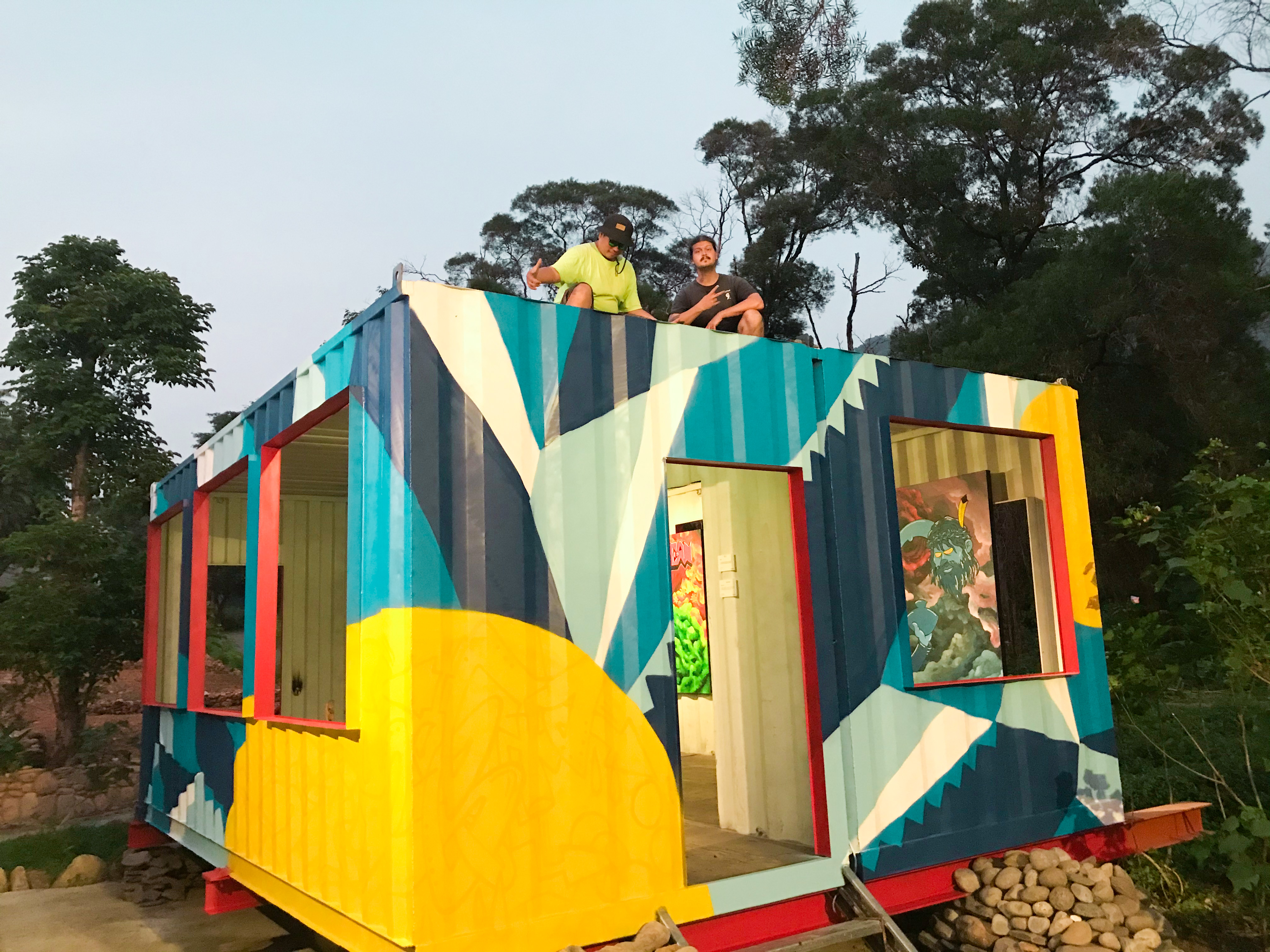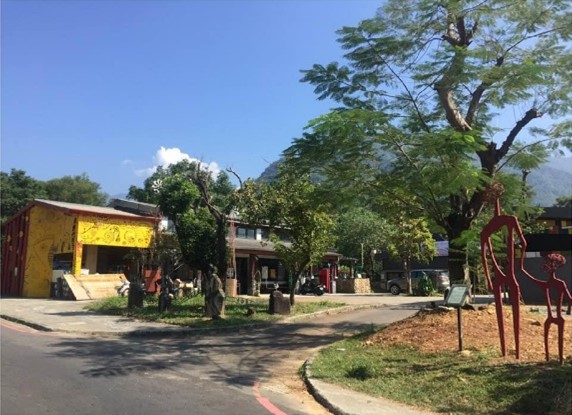Based on the history of the geographic location, the “Greater Sandimen” region was known for its rich primitive art, and was already a major attraction of local and domestic visitors for research, tourism, and archiving, during the Japanese Colonial period. The region has great potentials of developing better business opportunities of tourism. These three townships are also referred to as the “Three Townships of Northern Pingtung” or the “Greater Sandimen Area.” This region was already designated as a scenic area during the Japanese Colonial period, and today, it is known for rich indigenous culture and art, becoming the creative hometown of many indigenous artists. Using rich historical stories and diverse primitive arts of the local tribal village as themes and the Art Village on the Slope Project as stage, indigenous cultural and creative industry and arts act as the bridge that connects people and people, and people and nature. Through inviting artists here for the residency program, we promote and develop diverse cultural arts, exploring new looks of indigenous tribal village and broadening global horizons. With clustering of artists, Rinari has attracted many tourists who are interested in indigenous art.
Arrival of foreign artists, curators, and scholars of related disciplines, have given rise to new exchanges, facilitating the participation and cooperation of cultural and art institutions from various places of the world. The project’s initiator and art director, Etan Pavavalung, hopes to transcend regions and generations and close the gaps between different disciplines through the power of art, bringing people closer together; from collaboration to cooperation, we have built the stage of Rinari 1n1 Original Space, and use art to bridge people and nature, exploring the inheritance and development of regional culture, and revitalize the reconstructed region that has persisted through the disaster; we also hope that, through the power of art, wisdom of local people, and resources of the tribal village, we can jointly restore and reconstruct local landscape, and create creative cluster through the AiR program; also, by utilizing creativity, software, and resources, we can combine design, environmental protection, art, and experience, with culture, and through people’s rich and diverse creativity and various capitals, including cultural capital, human capital, creative capital, and democratic capital, we can highlight the heritages, traditions, history, and memory, of the local culture to forge local identity of the people.



